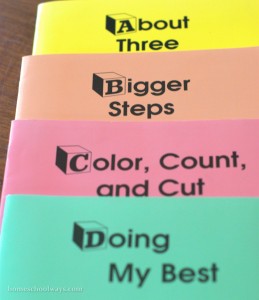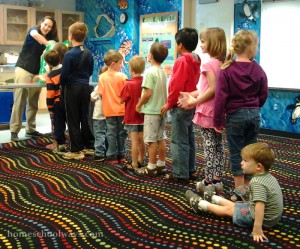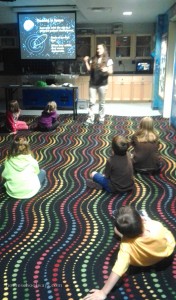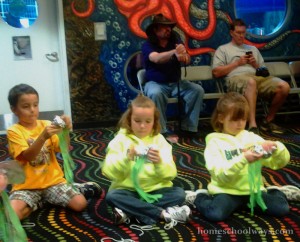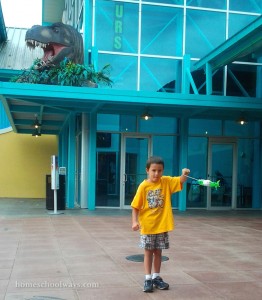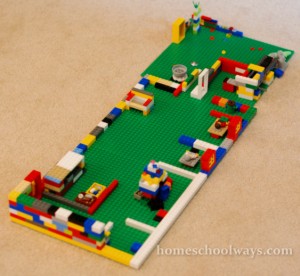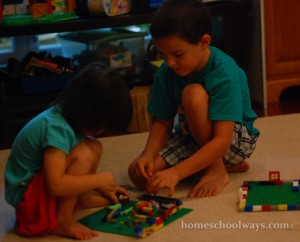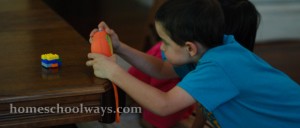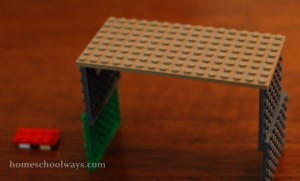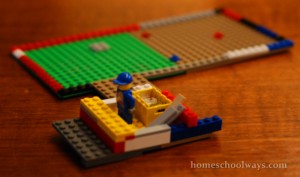Last Friday, I started a series of French lessons which I plan to turn into a permanent tab on my blog. Homeschooling would not be complete without at least one foreign language, right?
Today, let’s look at one of the most famous French songs ever: Alouette. Children use this song to learn the names of body parts in French.
Alouette
Refrain: Alouette, gentille alouette,
Alouette, je te plumerai.
1. Je te plumerai la tête. x2
Et la tête! Et la tête!
Alouette! Alouette!
A-a-a-ah
Refrain
2. Je te plumerai le bec. x2
Et le bec! x2
Et la tête! x2
Alouette! x2
A-a-a-ah
Refrain
3. Je te plumerai les yeux. x2
Et les yeux! x2
Et le bec! x2
Et la tête! x2
Alouette! x2
A-a-a-ah
Refrain
Repeat the above with: le cou, les ailes, les pattes, la queue, le dos.
Literally, the song says, “Lark, lovely lark, I will pluck the feathers off your head, beak, eyes, neck, wings, feet, tail, back.”
To sing Alouette in English, use
Little skylark, lovely little skylark,
Little skylark, I’ll pluck your feathers off.
I’ll pluck the feathers off your head, x2
Off your head, x2
Little lark, x2
O-o-o-oh etc
Apparently, a lark woke the song writer up one morning and he was not an early bird (no pun intended) or a card-carrying member of PETA. He calls the lark “lovely” or “nice” (gentille) though, which intrigues me. The song may have originated in France, but it is also attributed to Québec, the French-speaking Canadian province.
To hear the pronunciation, here’s a youtube video with a kid-friendly arrangement. Hope this little French song enriches your homeschool day!


